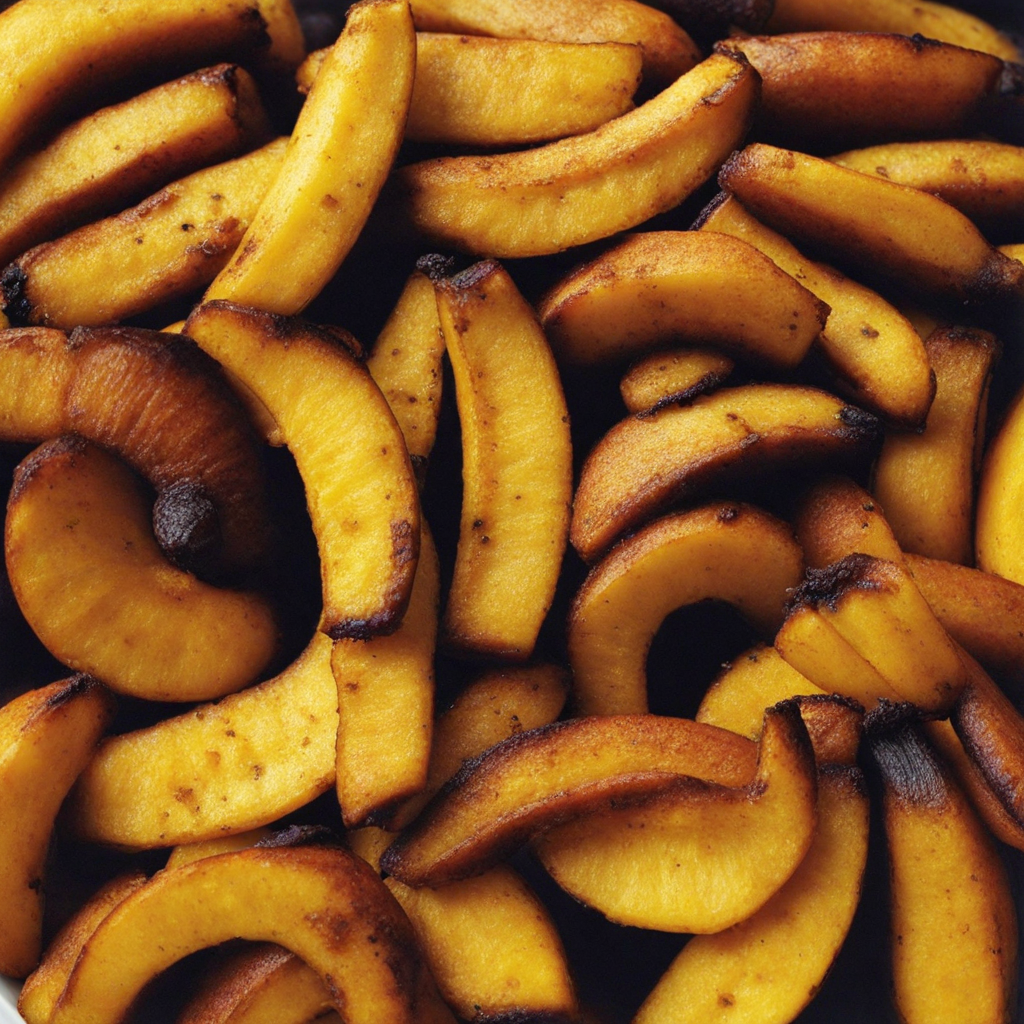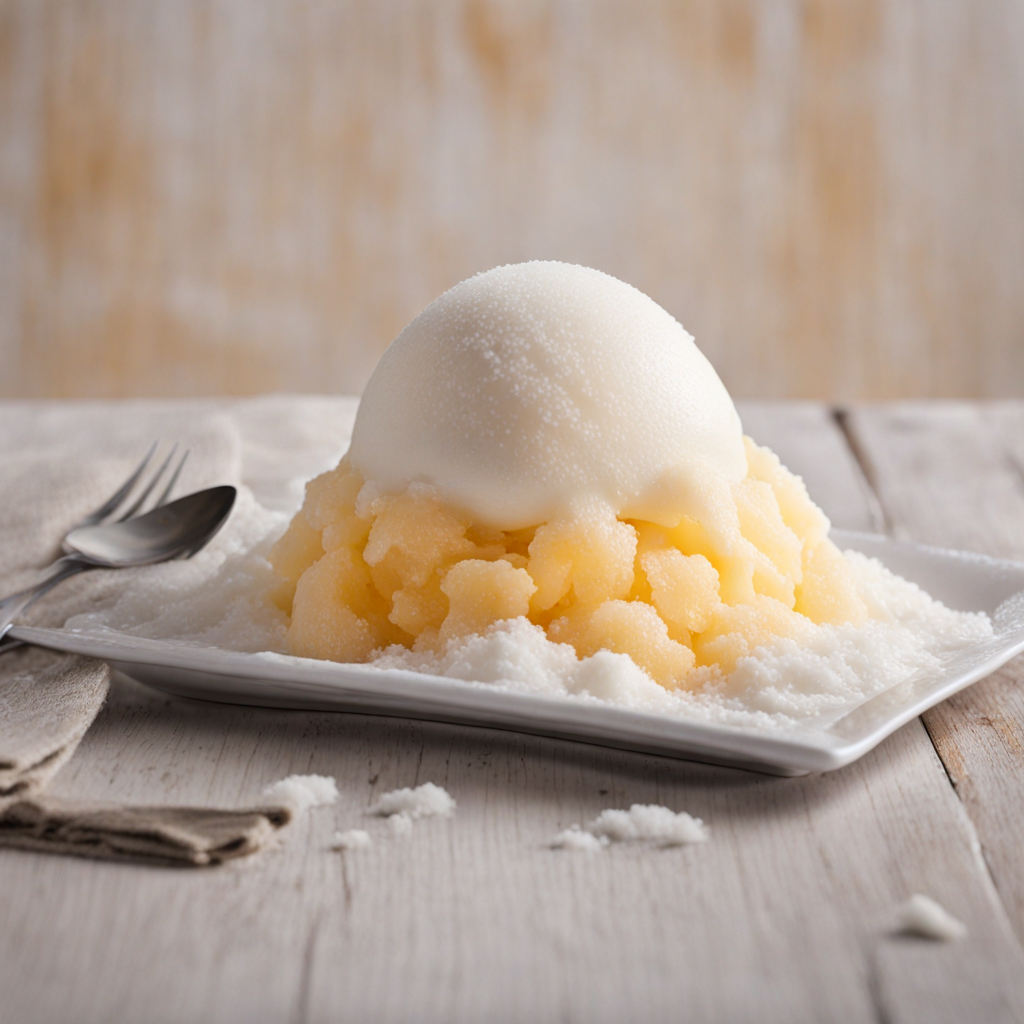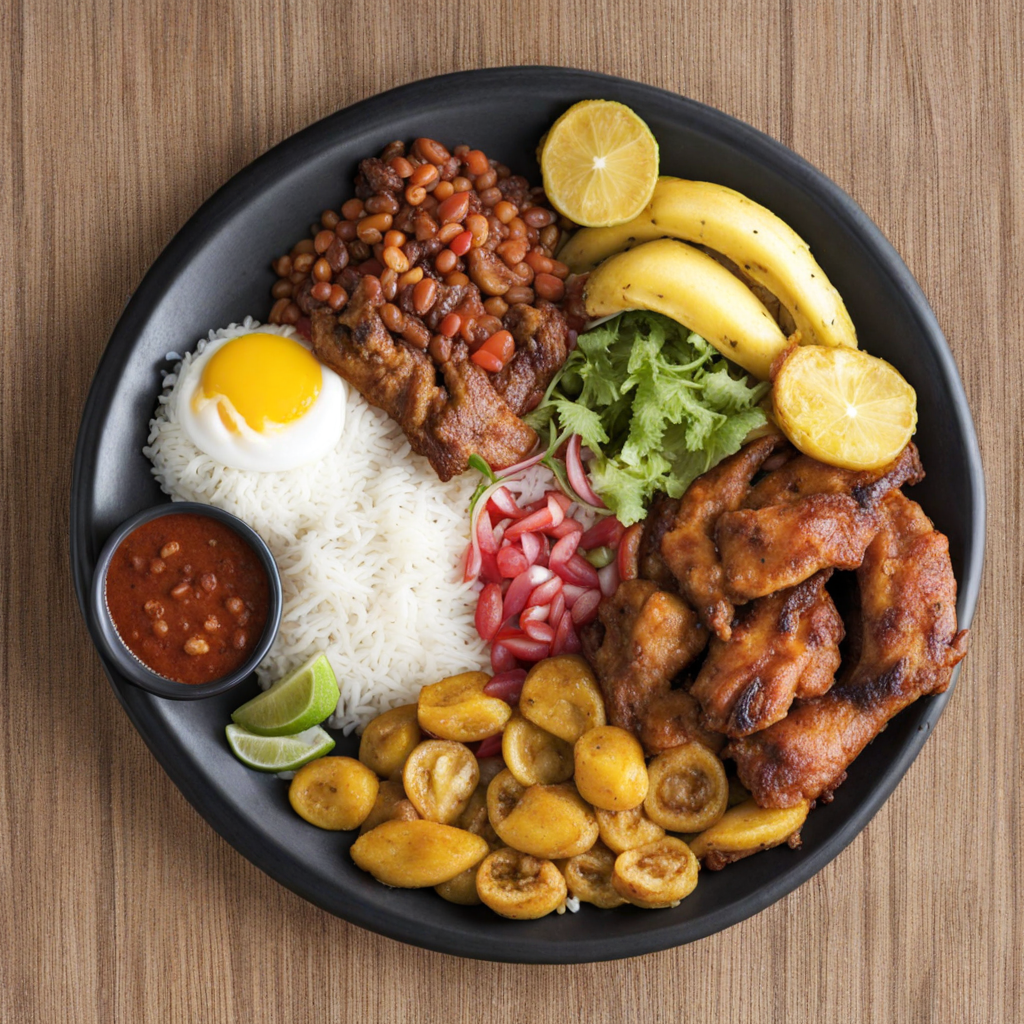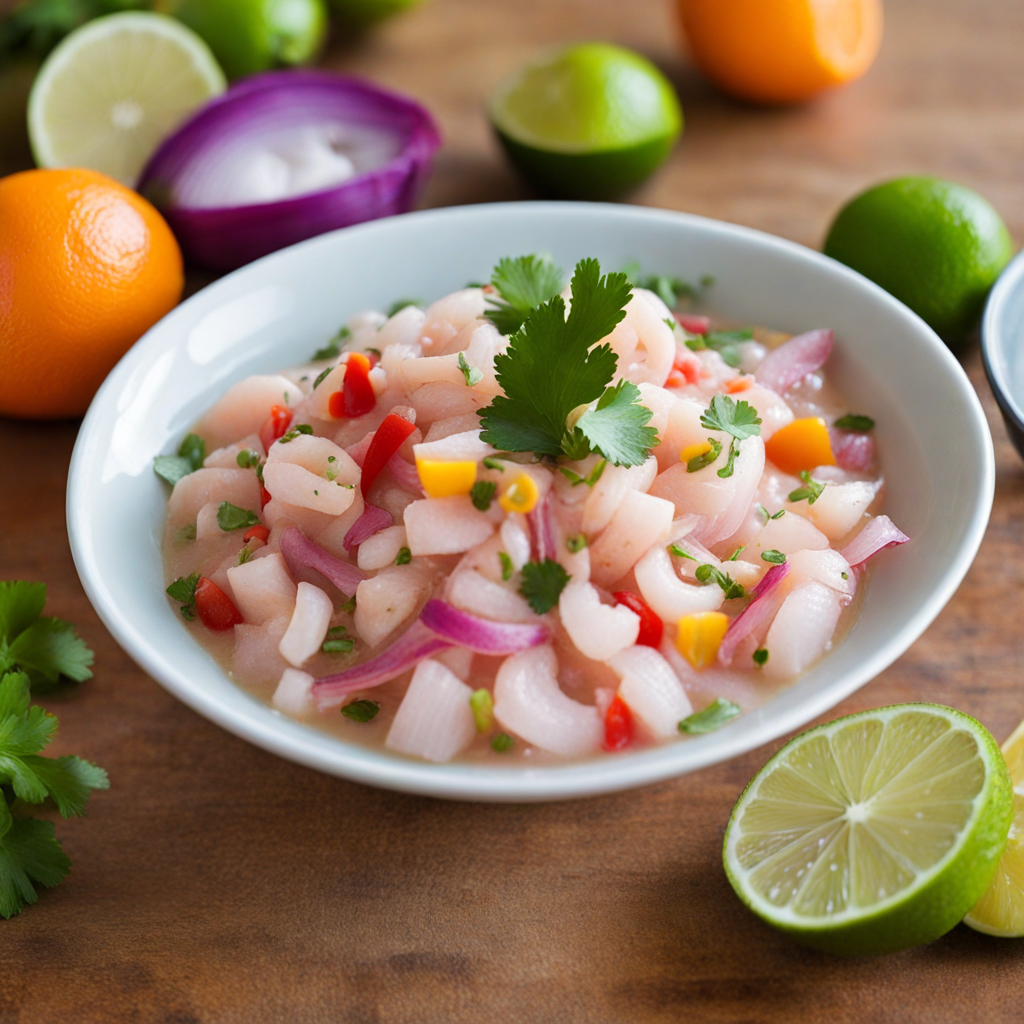Plátanos Maduros
Plátanos Maduros, or ripe plantains, are a beloved staple in Costa Rican cuisine, offering a delightful fusion of sweetness and texture that can elevate any meal. These plantains are allowed to ripen until their skin turns a deep yellow, often speckled with black spots, signaling that they have reached their peak sweetness. When cooked, they transform into a soft and creamy delicacy, with a flavor profile that balances caramel-like sweetness and a subtle hint of earthiness, making them a versatile ingredient in various dishes. The preparation of Plátanos Maduros can vary, but they are most commonly sliced and fried until golden brown, creating a crispy exterior that contrasts beautifully with the tender, sweet interior. This frying method enhances their natural sugars, resulting in a deliciously addictive treat that can be enjoyed as a side dish, snack, or even a dessert. Moreover, they can be baked or grilled, offering a healthier twist while still preserving their unique flavor. Served alongside traditional Costa Rican dishes such as gallo pinto or grilled meats, they add a touch of sweetness that perfectly complements savory elements. Plátanos Maduros also hold cultural significance, often being featured in family gatherings and celebrations, symbolizing comfort and togetherness. Their simplicity and rich flavor make them accessible for all palates, inviting both locals and visitors to enjoy the warmth of Costa Rican hospitality. Whether you're indulging in them as a standalone snack or incorporating them into a meal, Plátanos Maduros promise a delightful culinary experience that showcases the heart and soul of Costa Rican cuisine.
How It Became This Dish
Plátanos Maduros: A Culinary Journey Through Costa Rica Plátanos maduros, or ripe plantains, hold a cherished place in the hearts and kitchens of Costa Ricans. This humble fruit, characterized by its sweet flavor and soft texture when cooked, has a rich history that intertwines with the cultural tapestry of Costa Rica and the broader Central American region. To appreciate plátanos maduros fully, we must explore their origins, cultural significance, and development over time. Origins of the Plantain The plantain is believed to have originated in Southeast Asia, where it was cultivated for thousands of years. Archaeological evidence suggests that domesticated varieties of bananas and plantains made their way to Africa, where they became staples in various diets. Spanish explorers brought plantains to the Americas in the late 15th and early 16th centuries, introducing them to the Caribbean and Central America. In Costa Rica, the warm climate and fertile volcanic soil provided ideal conditions for the cultivation of plantains, allowing them to flourish. Cultural Significance In Costa Rican cuisine, plátanos maduros are more than just a food item; they embody the essence of 'pura vida,' a phrase that captures the Costa Rican ethos of simplicity, happiness, and appreciation for life. These sweet, golden fruits are often served as a side dish, snack, or dessert, showcasing their versatility. They are typically peeled, sliced, and fried until golden brown, resulting in a caramelized exterior and a soft, sweet interior. The dish is often accompanied by traditional staples such as beans and rice, creating a harmonious balance of flavors and textures. The cultural significance of plátanos maduros extends beyond their culinary use. In Costa Rican households, preparing and sharing food is an essential part of family life, and plátanos maduros often play a central role in gatherings. They are a favorite among children and adults alike, evoking feelings of nostalgia and comfort. In rural areas, they might be served during festive occasions, while in urban settings, they are often found in restaurants and street food stalls, making them accessible to all. Development Over Time The evolution of plátanos maduros in Costa Rican cuisine reflects broader trends in food culture, regional influences, and the impact of globalization. Initially, plantains were primarily consumed by indigenous peoples and later adopted by Spanish settlers. Over time, they became a staple for various social classes, transcending economic boundaries. As Costa Rica developed its agricultural sector, plantains became one of the country's key exports, further solidifying their importance in the national diet. In the mid-20th century, as Costa Rica underwent modernization and urbanization, plátanos maduros began to gain popularity beyond traditional settings. Markets started to see an influx of diverse culinary influences, with immigrants bringing their flavors and cooking techniques. This led to the fusion of plátanos maduros with international cuisines, resulting in innovative dishes that showcase the plantain's adaptability. For instance, in contemporary culinary scenes, chefs are experimenting with plátanos maduros in gourmet contexts, incorporating them into salads, tapas, and even desserts. Moreover, the rise of health consciousness in recent decades has inspired a reevaluation of traditional foods. Plantains, rich in carbohydrates and fiber, have found favor among those seeking nutritious alternatives to processed snacks. There has been a resurgence of interest in traditional Costa Rican foods, including plátanos maduros, as people seek to reconnect with their roots and heritage. This revival has been accompanied by a growing appreciation for local ingredients and sustainable practices, aligning with global movements towards organic and farm-to-table dining. Plátanos Maduros in the Global Context As Costa Rican cuisine gains recognition on the international stage, plátanos maduros have found their way into the hearts and plates of food enthusiasts around the world. With the advent of social media and food blogging, traditional recipes are being shared and celebrated beyond borders. The plantain has become a symbol of Costa Rican culture, representing the country's agricultural heritage and culinary traditions. In many Latin American countries, similar dishes featuring ripe plantains exist, each with its own local variations and names. In Colombia, for example, "plátano maduro" is often served with cheese, while Puerto Ricans enjoy "mofongo," a dish made with mashed plantains. This interconnectedness highlights the shared culinary heritage of the region, showcasing how plátanos maduros serve as a bridge between cultures. Conclusion Plátanos maduros are much more than a simple dish; they are a testament to Costa Rica’s rich cultural heritage and agricultural history. From their origins in Southeast Asia to their status as a beloved staple in Costa Rican households, plátanos maduros have adapted and evolved over time, reflecting the dynamic nature of food culture. As they continue to inspire creativity in kitchens both at home and abroad, these sweet, golden treasures remain a symbol of the warmth, simplicity, and joy that define Costa Rican life. Whether enjoyed as a snack, a side dish, or a gourmet creation, plátanos maduros embody the spirit of 'pura vida,' reminding us of the beauty of simplicity and the importance of sharing food and culture with others.
You may like
Discover local flavors from Costa Rica







